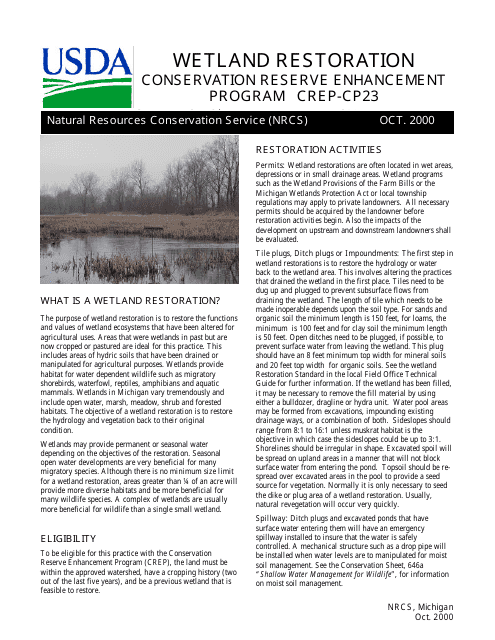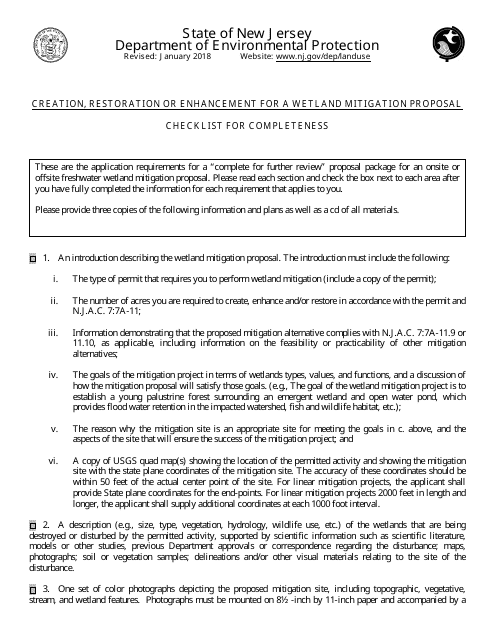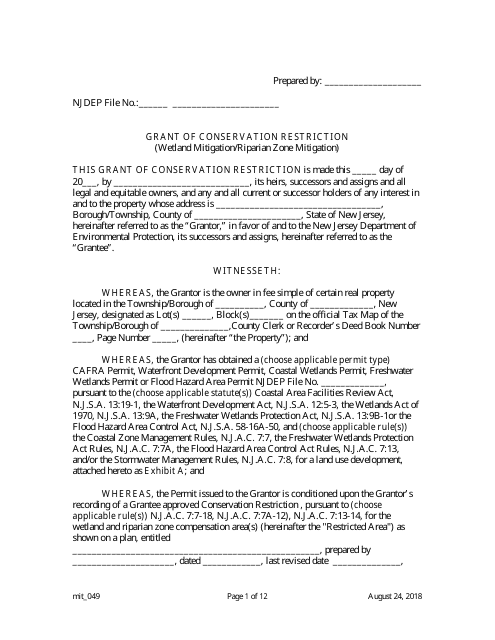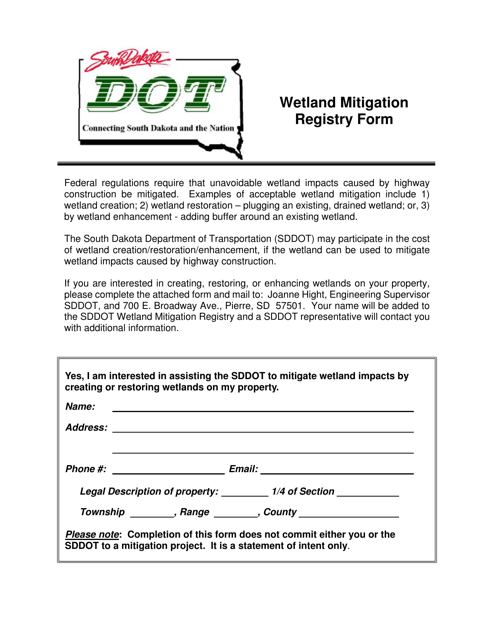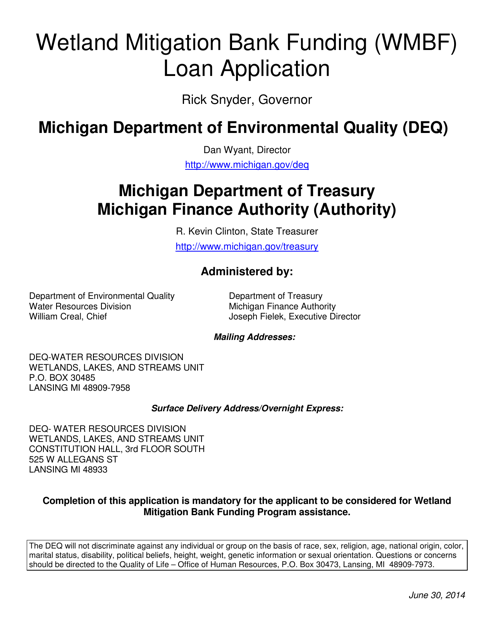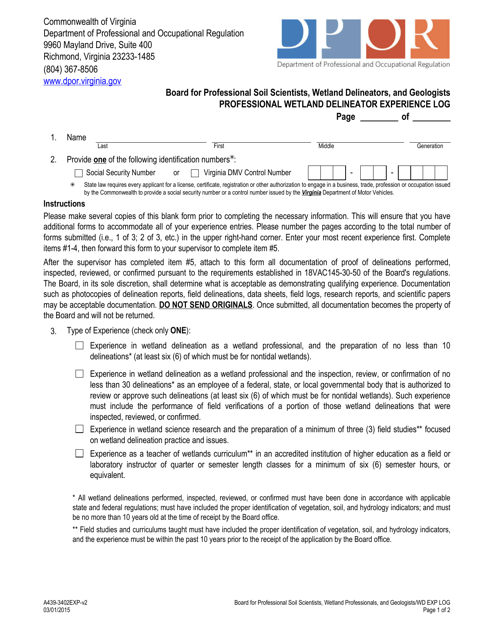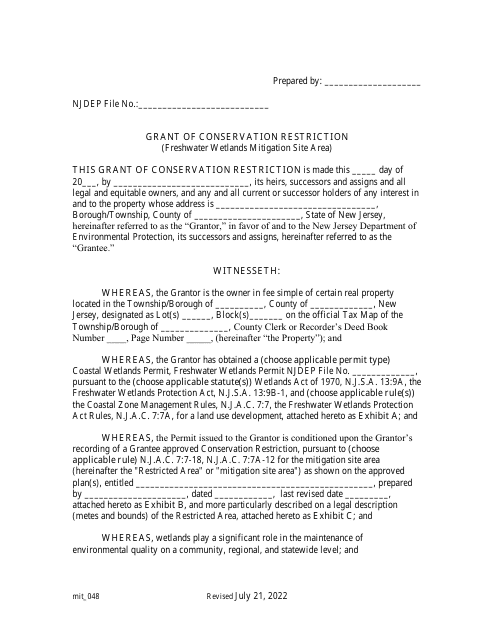Wetland Mitigation Templates
Wetland mitigation, also known as wetlands mitigation, is a vital process aimed at preserving and enhancing wetland ecosystems. Wetlands are valuable habitats that provide numerous benefits, including water filtration, flood control, and biodiversity preservation. However, due to various human activities, wetlands can be negatively impacted or destroyed.
To ensure the protection and restoration of wetlands, regulatory bodies have established guidelines and requirements for wetland mitigation. These guidelines outline the necessary steps and procedures for mitigating the impacts of development on wetland areas. Wetland mitigation proposals must adhere to these guidelines to receive approval and permits for projects that may affect wetlands.
Wetland mitigation documents, such as the Creation, Restoration or Enhancement for a Wetland Mitigation Proposal Checklist in New Jersey or the Grant of Conservation Restriction document in New Jersey, provide a comprehensive framework for the assessment, planning, and implementation of wetland mitigation projects. These documents help ensure that developers and landowners follow the necessary steps to mitigate the impacts of their activities on wetlands.
In addition to specific state documents, there are also general wetland mitigation documents that apply across different regions. For example, the Appendix M Activities in State Wetlands document in Delaware outlines the permissible activities in wetlands. Similarly, the Wetland Mitigation Registry Form in South Dakota serves as a tool for recording wetland mitigation projects implemented in the state.
Professionals involved in wetland mitigation, such as wetland delineators, can also find valuable resources in documents like the Form A439-3402EXP Professional Wetland Delineator Experience Log in Virginia. These documents help ensure that individuals possess the necessary qualifications and experience to accurately assess and delineate wetland boundaries.
Effective wetland mitigation is essential for maintaining ecological balance and preserving the invaluable services that wetlands provide. By following the guidelines outlined in various wetland mitigation documents, developers, landowners, and regulatory bodies can work together to safeguard these critical ecosystems for future generations.
Documents:
8
This type of document, CP-23 Wetland Restoration Design Worksheet, is used in Michigan for planning and designing wetland restoration projects. It helps in assessing the current condition of wetlands and developing effective restoration strategies.
This document is a checklist used for creating, restoring, or enhancing wetland areas as part of a mitigation proposal in New Jersey.
This document is for granting a conservation restriction for wetland and riparian zone mitigation in New Jersey. It aims to protect and preserve these natural areas for environmental purposes.
This document describes the activities that are allowed in state wetlands in Delaware as outlined in Appendix M.
This form is used for wetland mitigation registry in South Dakota. It helps track and manage wetland mitigation activities in the state.
This document is a loan application for funding wetland mitigation bank projects in Michigan. It is used to apply for financial assistance to support the creation, restoration, or enhancement of wetlands in the state.
This Form is used for logging the professional experience of Wetland Delineators in the state of Virginia.
This document grants a conservation restriction for a freshwater wetlands mitigation site area in New Jersey.

